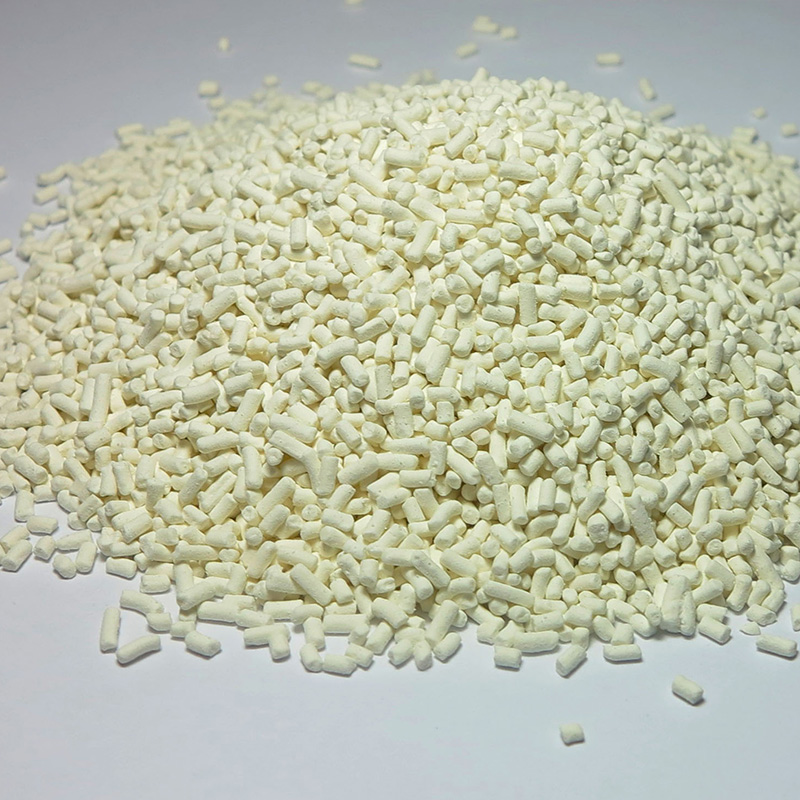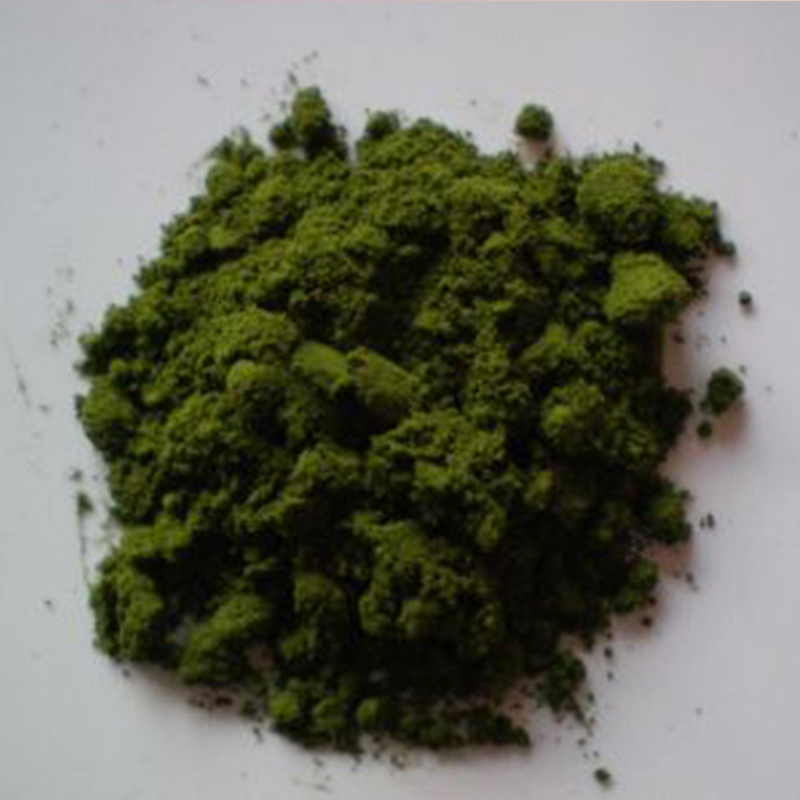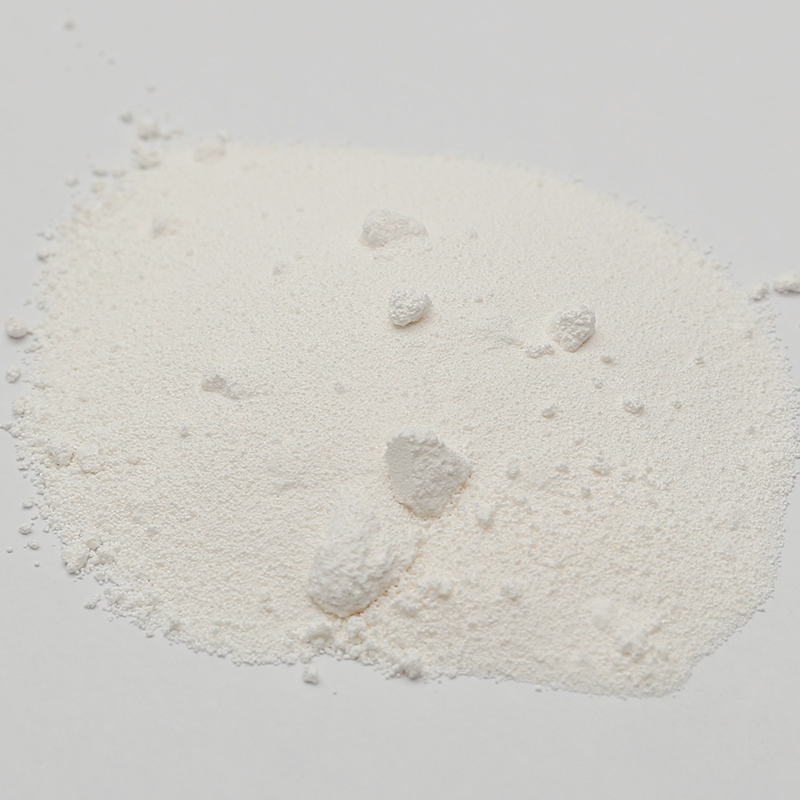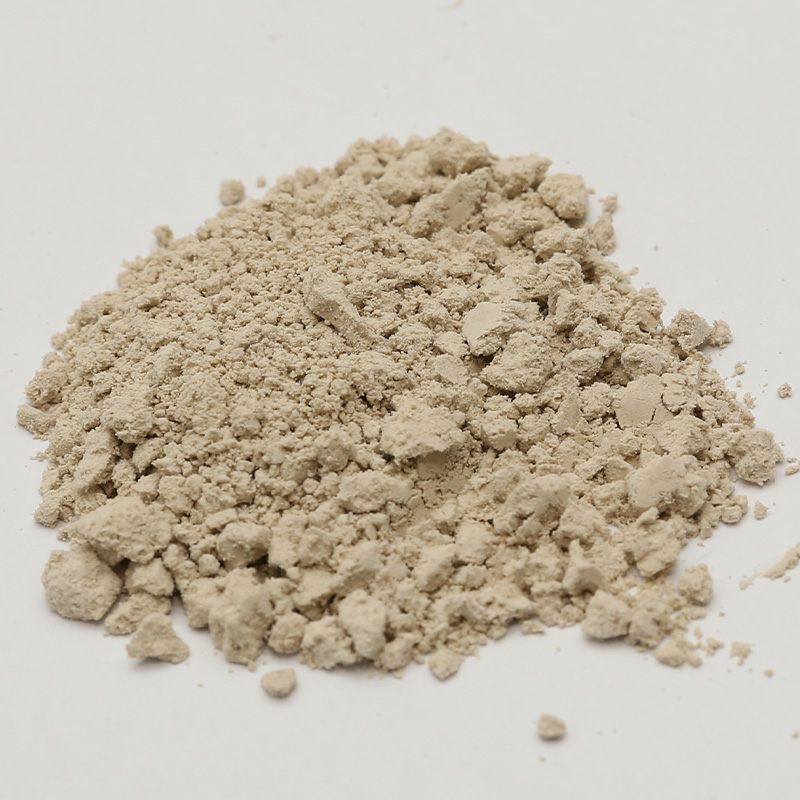Importance of Stability in Harsh Conditions
Homogenizing agents are widely used to stabilize emulsions, suspensions, and colloidal systems across industries such as food processing, pharmaceuticals, cosmetics, and chemicals. Their effectiveness largely depends on their chemical and physical stability under different processing and storage conditions. High temperatures or pH levels—either acidic or alkaline—pose particular challenges. Degradation, phase separation, or loss of functionality can occur if the agent is not designed to withstand these conditions. Understanding the stability behavior of homogenizing agents under stress is crucial for achieving consistent product performance and safety.
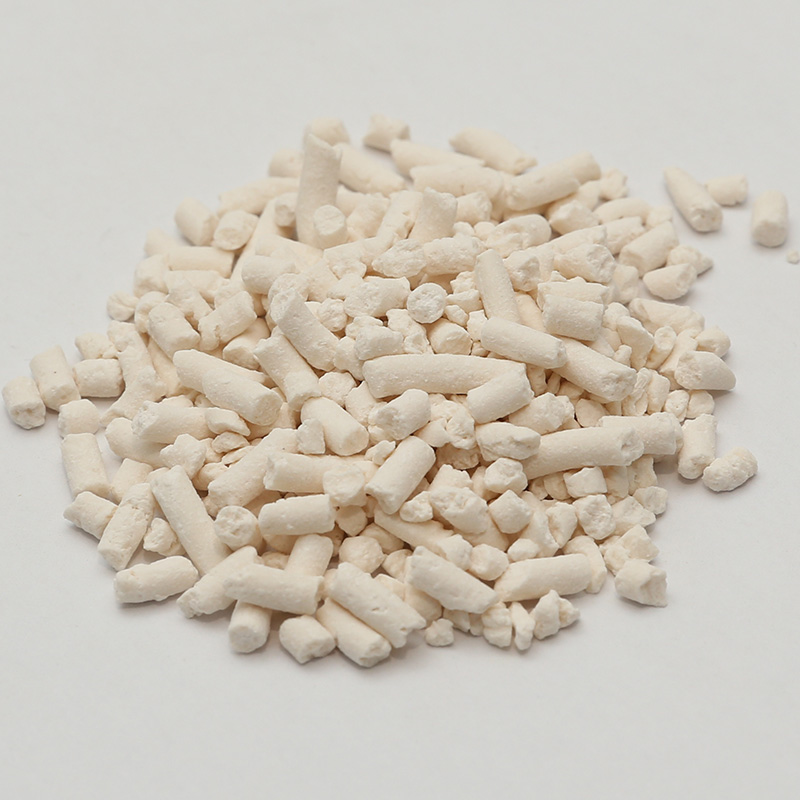
Thermal Stability of Homogenizing Agents
High-temperature environments can affect both the molecular structure and interfacial activity of homogenizing agents. Heat may cause denaturation of protein-based stabilizers, breakdown of polymer chains, or volatilization of small-molecule surfactants. As a result, the agent may lose its ability to coat particles or stabilize droplets, causing aggregation or phase separation. Some synthetic polymeric or nonionic surfactants are designed to withstand elevated temperatures without significant degradation. In industrial high-pressure systems, equipment such as the Three Plunger High Pressure Pump must be paired with thermally stable agents to maintain consistent performance during processes that involve high heat or pressure, such as pasteurization or high-temperature chemical reactions.
Acidic Conditions and Homogenizing Agent Performance
Acidic environments can protonate functional groups in homogenizing agents, altering their solubility and interfacial properties. For protein-based agents, low pH can cause unfolding or precipitation, reducing their ability to stabilize emulsions. Ionic surfactants may experience a reduction in charge density, weakening electrostatic stabilization and increasing the likelihood of coalescence. Selecting agents with acid-resistant functional groups, such as certain polysaccharides or synthetic polymers, can help maintain stability. Buffering the system or adjusting formulation conditions may also be necessary to protect sensitive agents in highly acidic media.
Alkaline Conditions and Chemical Resistance
Alkaline environments pose a different set of challenges. High pH can hydrolyze ester bonds in surfactants or degrade certain polymers, reducing their molecular weight and functional activity. Protein-based agents may denature or lose surface activity, similar to acidic conditions. Alkaline-resistant agents, such as certain nonionic surfactants or crosslinked polymers, are better suited for environments with strong bases. The choice of agent must consider both chemical resistance and compatibility with the product matrix to ensure consistent dispersion and long-term stability.
Strategies for Enhancing Stability
To improve the resilience of homogenizing agents in harsh conditions, several strategies can be employed. Chemically modified polymers or crosslinked surfactants can resist thermal and pH-induced degradation. Formulation adjustments, such as combining multiple agents with complementary stability profiles, can enhance overall system robustness. In high-pressure or high-temperature applications, pairing the correct agent with mechanical equipment, such as the Three Plunger High Pressure Pump, ensures that dispersion efficiency is maintained while reducing stress-induced deterioration.
Ensuring Consistent Performance Under Stress
The stability of homogenizing agents in high-temperature or pH environments is essential for reliable industrial and laboratory applications. Understanding the thermal, acidic, and alkaline susceptibilities of each agent allows for informed selection and formulation. By choosing thermally and chemically resistant agents, adjusting system conditions, and integrating suitable mechanical equipment, industries can maintain consistent emulsion or suspension quality even under challenging conditions. Proper attention to these factors ensures product longevity, safety, and performance across demanding applications.



 English
English Português
Português Español
Español русский
русский 中文简体
中文简体